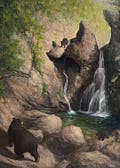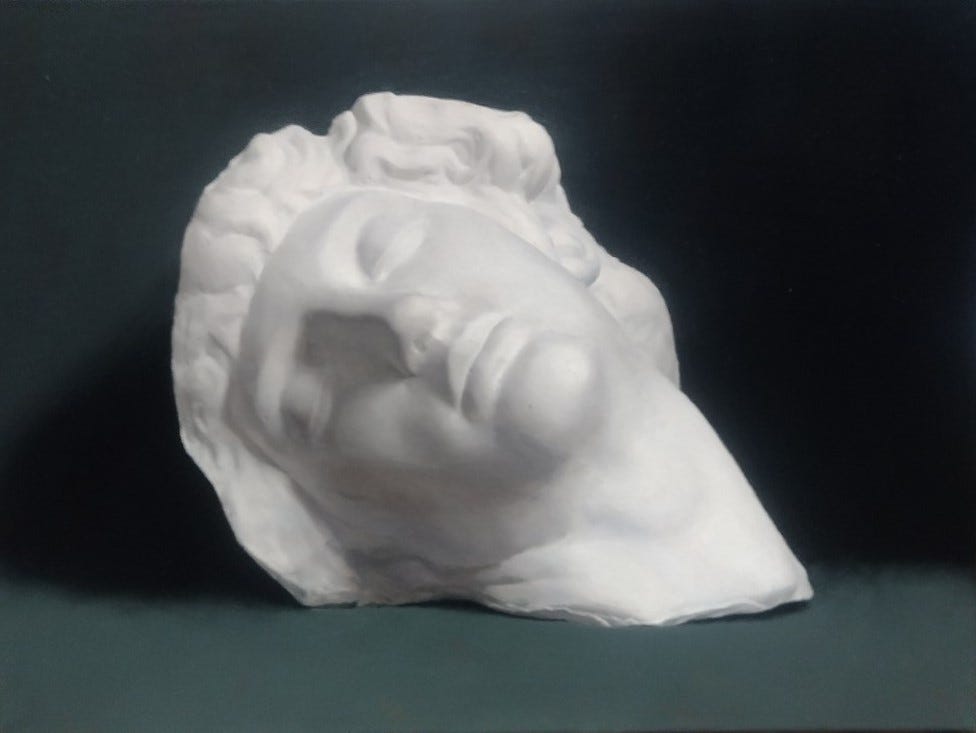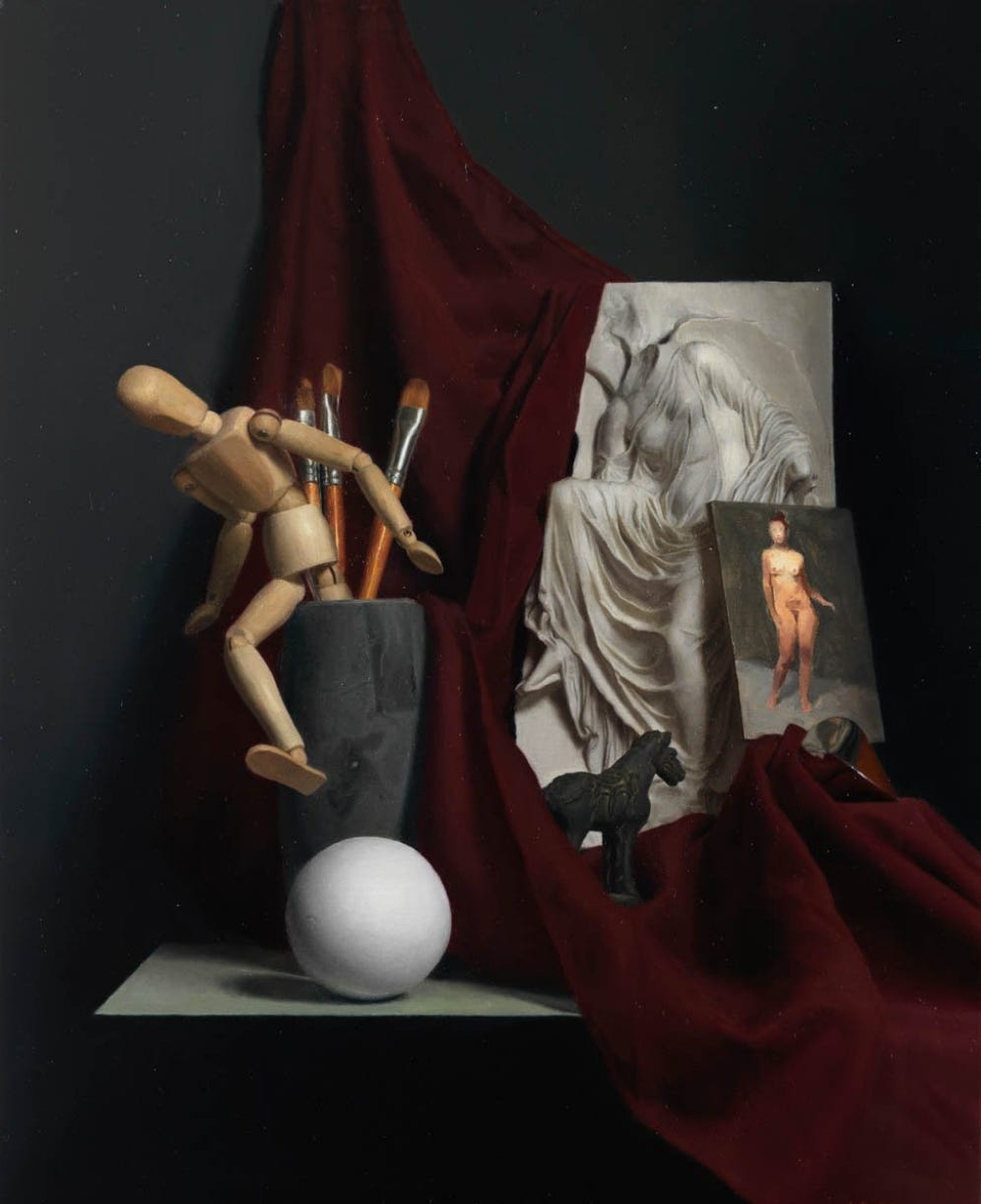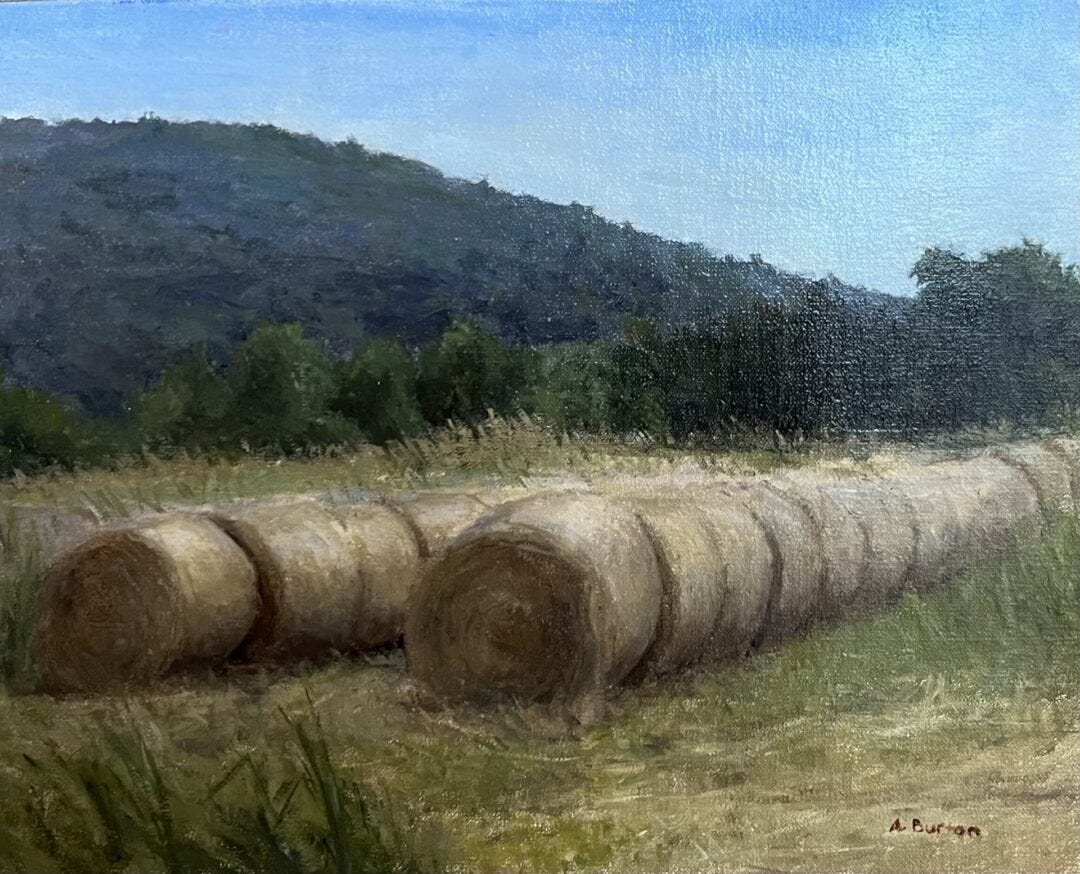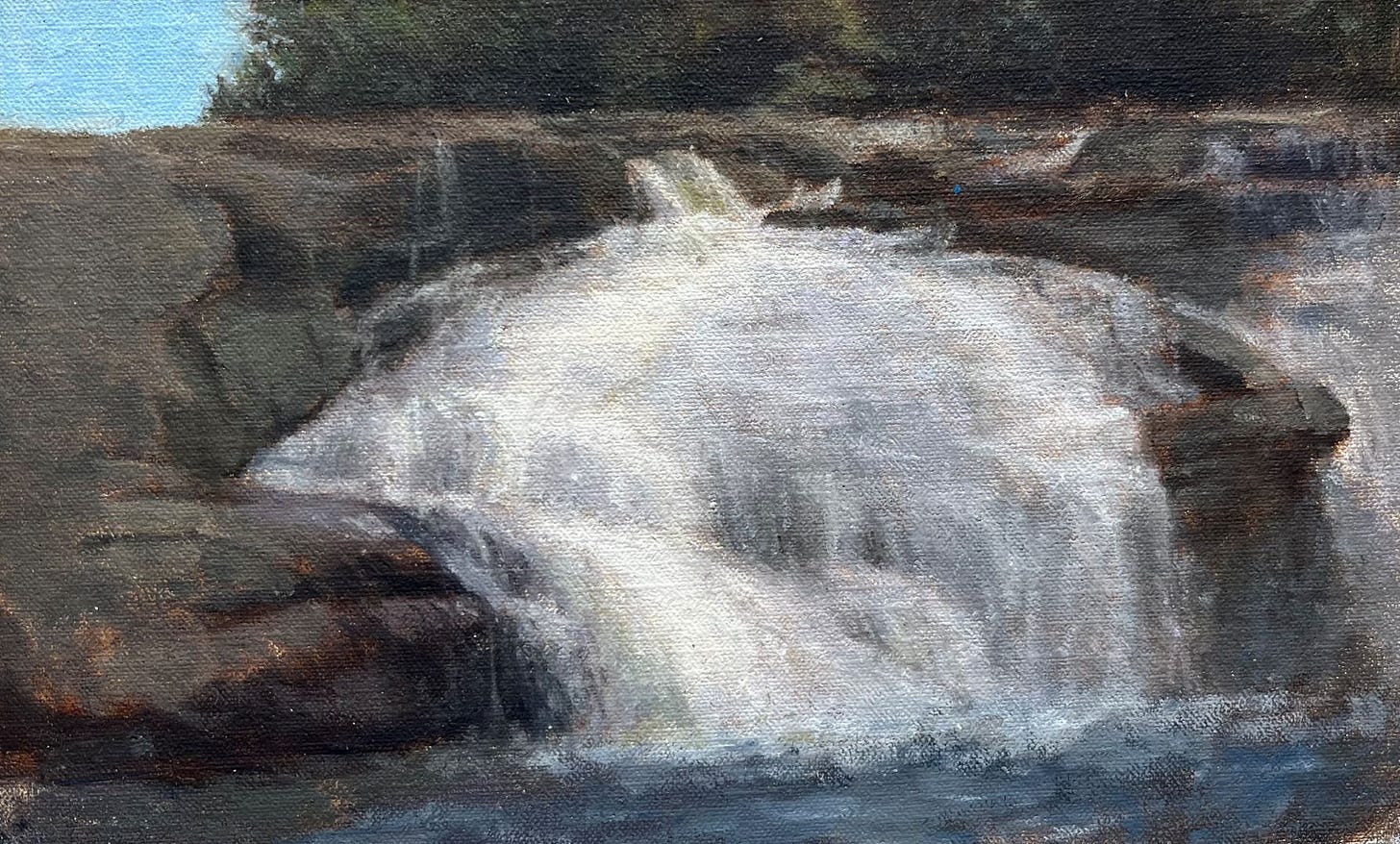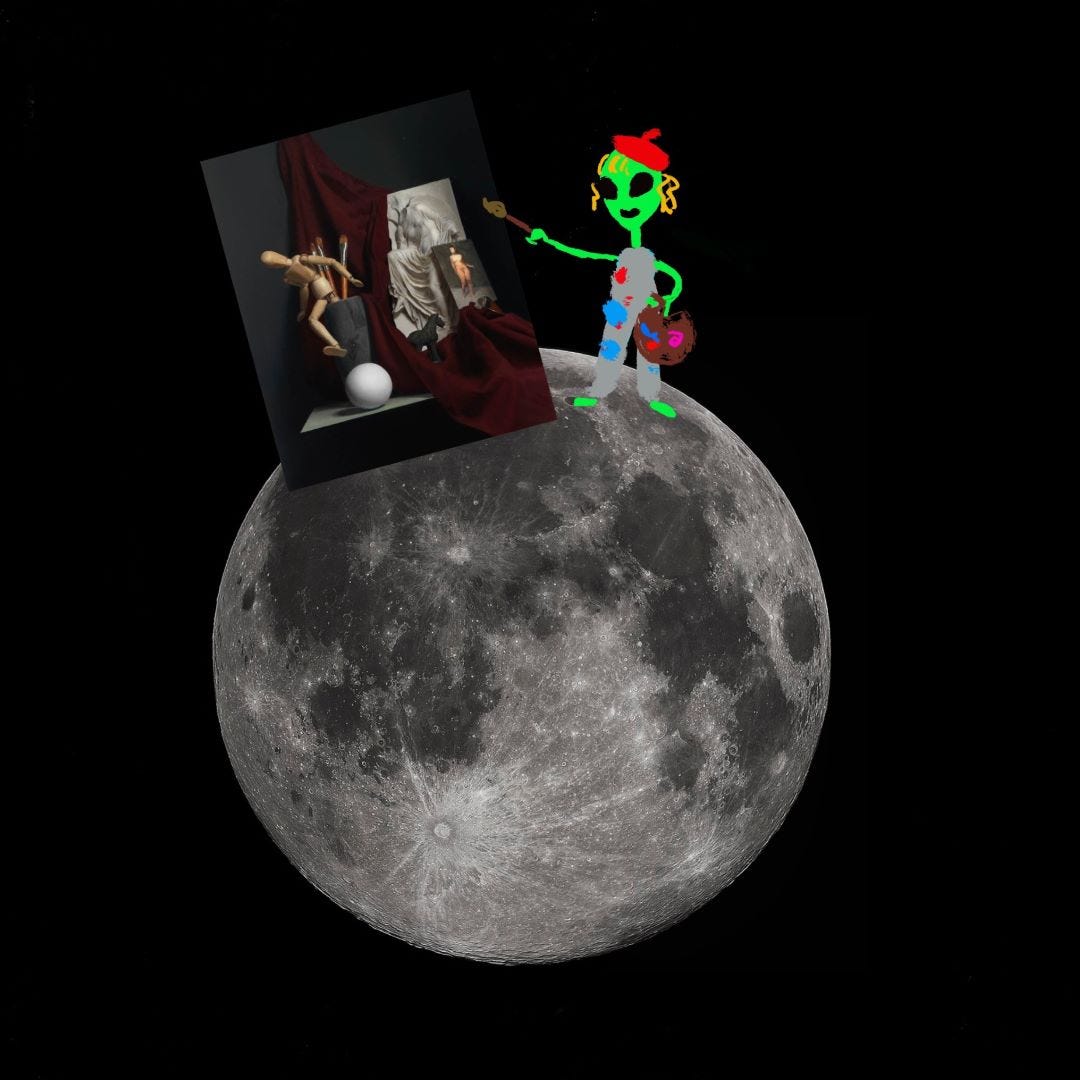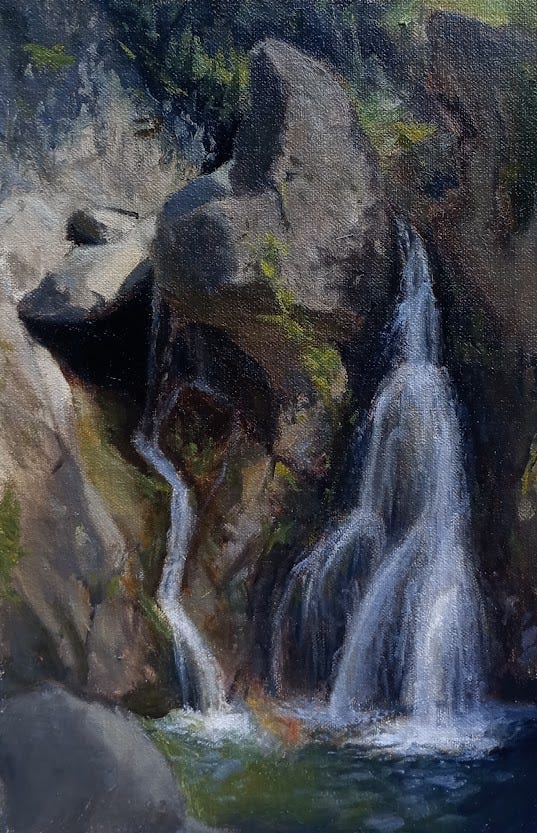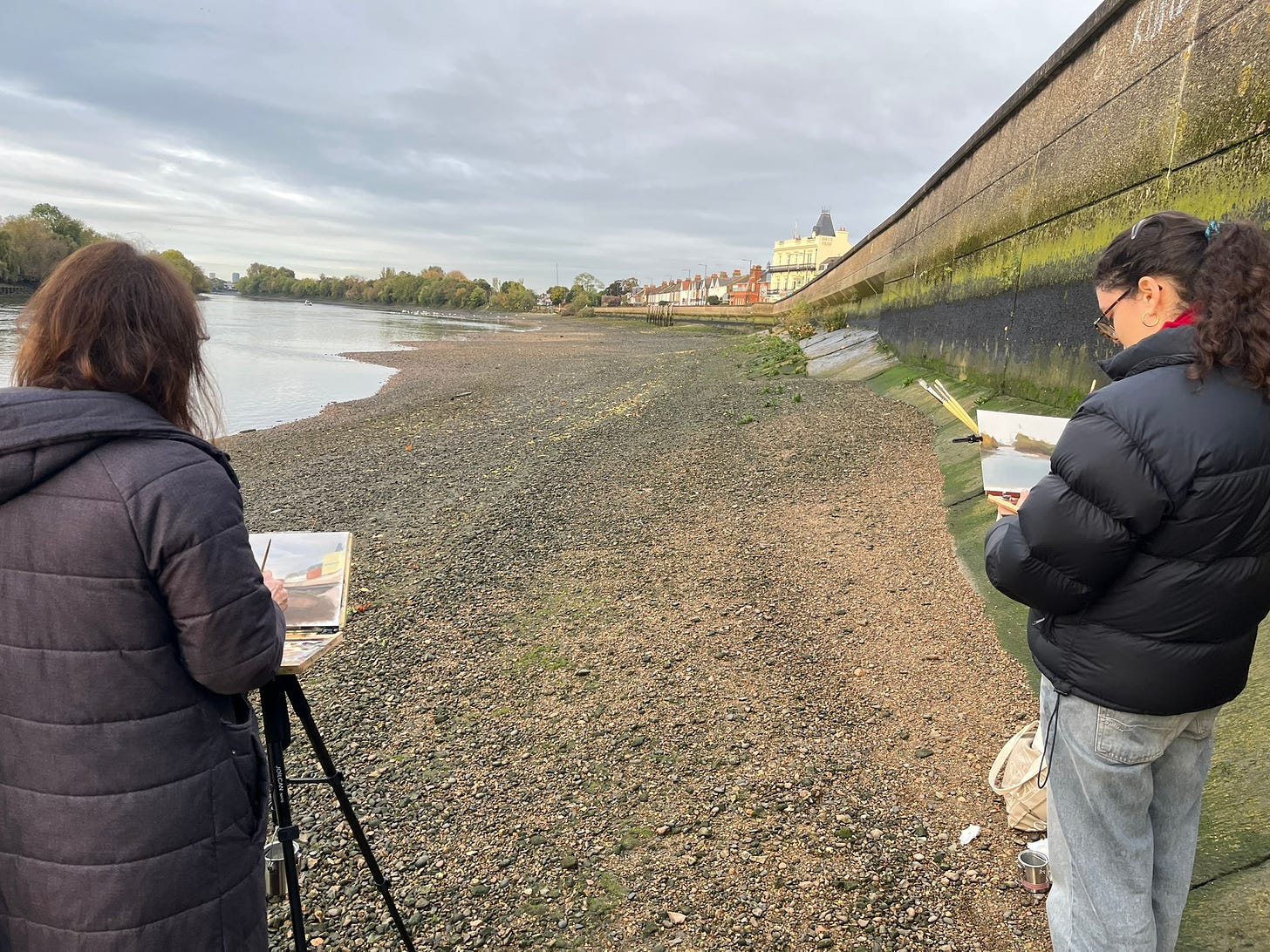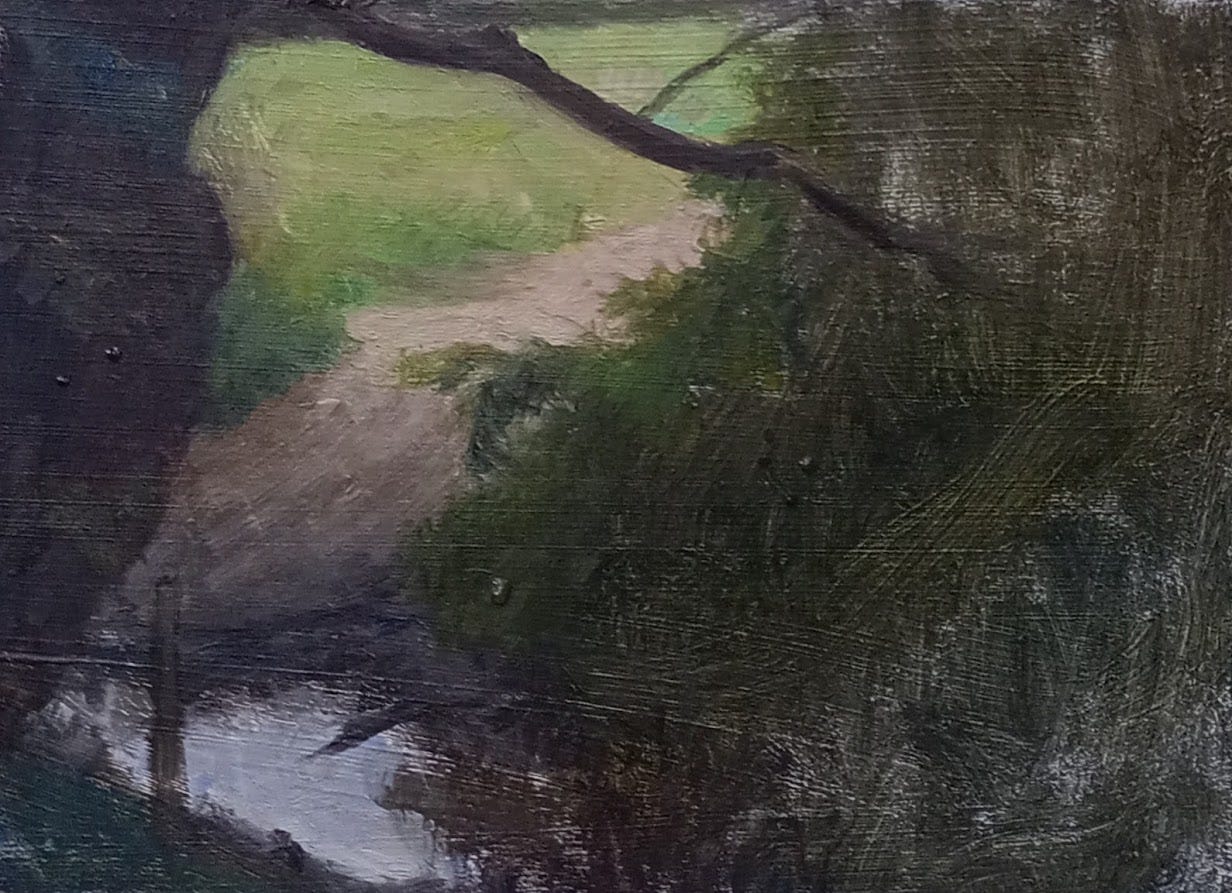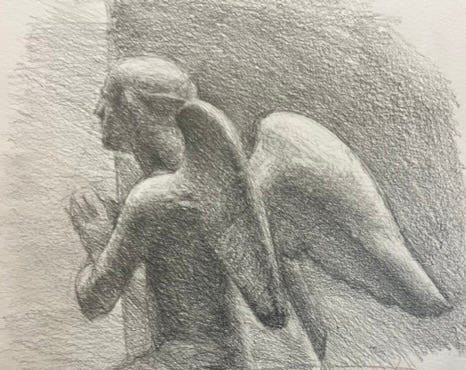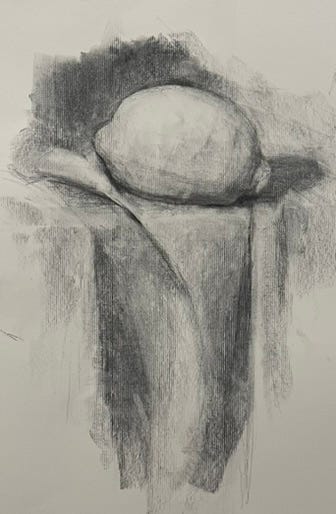It’s been a few weeks since my last newsletter, and much has happened. I have exhibition updates, new works, workshops, NASA is even sending one of my paintings to the moon!
Exhibition Updates
First up, my still life ‘Escape’ has been accepted for the annual exhibition of the Royal Institute of Oil Painters. I exhibited and sold my painting ‘The Dying Slave’ there last year, and they always put on a great show.
In a way, Escape is sequel to The Dying Slave, which was my first colour painting at the atelier. It is difficult to paint a white object in colour and I felt that I wasn’t there yet, so I decided to include another cast within my still life. I’m happy to see my increase in technical confidence reflected in these.
The show runs from 28th November to 14th December, 10am to 5pm daily at The Mall Galleries, The Mall, London, SW1Y 5AS. Please take a look!
Next up, three of my paintings are going to New York! To conclude this year’s Hudson River Fellowship, two of my plein air sketches – ‘Bales’ and ‘The Great Falls’, and one studio landscape ‘Bash Bish and The Three Bears’ have been selected to be exhibited at the prestigious Salmagundi Club, alongside works by the other fellows.
The exhibition runs from 12th to 15th November at the Salmagundi Club, 47 5th Ave, New York, NY 10003.
I will also be exhibiting some of my plein airs locally at the Barnes Art Fair, 14th-16th November, in St Michaels and All Angels Church, Barnes, SW13 0NX. Please let me know if you’d like a ticket to the private view on the evening of the 13th.
Paintings on the Moon!
I’m over the moon!
‘Escape’ was a semifinalist in the Art Renewal Centre Salon (finalists not yet announced), and as a result will be included in the Lunar Codex. This is a set of time capsules launched on three NASA-related missions, including the work of 7,000 creatives from 254 countries.
My painting will be part of the Polaris archive, with a targeted launch date of September 2025, through NASA mission CLPS-TO-20A, via the SpaceX Falcon Heavy rocket and the Astrobotic Griffin lunar lander, headed for the lunar south pole. Polaris is expected to be a multimedia archive based on nickel foil, Nanofiche, semiconductor and/or ceramic memory, and synthetic DNA, with the metallic-based archives expected to last over a million years.
It’s nice to know that at least one of my works will outlast me (possibly humanity).
Bash Bish and The Three Bears
The largest painting being exhibited in New York is my first studio landscape painting – ‘Bash Bish and the Three Bears’. After returning home with my plein air painting of Bash Bish, I decided to scale it up, using my original study to get a sense of the colour and light, but trying to invent details and make it more ‘epic’. It was intended as a homage to the original Hudson River School painters, known for their dramatic lighting and idealised landscapes.
The Hudson painters are often criticised for being kitsch. I can understand this, but I also find their idealised view and earnestness endearing and refreshing - these places generate a real sense of wonder when seen in person and it makes sense to exaggerate this in painting to get the same effect. However, I couldn’t resist satirising them a little, so included three bears into the painting. It’s not far from reality – there were several bear sightings on my trip.
I started with small compositional sketches, to figure out the basic value composition, and then dove straight into the painting. I was struck by the difficulty of painting forms from imagination, to integrate them into the scene but also design enough variation to stop them becoming generic and repetitive. The boulders proved particularly difficult. For the bears, I spent some time sketching from photos of bears, playing with 3d models, and studying their anatomy, until I felt confident that I could position them as liked. I then worked out the perspective and made several sketches to fit them into the composition. I like the balance between the luxury of time to solve problems and compose that studio painting gives you, against the luxury of information and emotional and sensory stimulation that plein air painting provides. The practices really inform one another.
Painting Workshop
Last Saturday, I ran my first plein air painting workshop, teaching some of the other students at my atelier. For most of them, it was their first time painting outside, and I was happy with how everyone adapted. We started with a demo and painted in Barnes Common in the morning, broke for lunch, and then headed down to the banks of the Thames for more. We focused on responsivity and efficiency, simplification, and precision in mixing colour (particularly important on these beautiful autumnal days).
It was also a good chance for me to reflect on my own philosophy on landscape painting, which I’m constantly adapting. It is a difficult thing to teach confidently, as it is very personal and there really is no ‘right way’, but I hoped to give in the very least one way in.
It was a lovely day, and I hope to run another workshop before the Christmas break. Please send me a message if you’d be interested in joining.
North London Group
The last few weeks, I’ve been attending sessions with the North London Group, run by the artist Joshua Press. Many of my favourite contemporary painters studied at the Jerusalem Studio School with Israel Hershberg, and I was curious about their method. I found this group while seeking out London-based artists with this background.
They are classical painters, but with a different approach. While they also emphasise form and accurate drawing, and working from life, their method is less systematic (though no less strict) than the atelier method, and more experiential. Rather than doing a block in and then working piece by piece, they work tonally from the start, constantly relating ‘spots’ (areas of tone/colour) and thinking about the ‘story’ of the light – asking where each spot ends and where it’s picked up by the next, zooming in and out. A painting can be called finished at any point.
It’s a less defined, but more flexible approach, and I hope to reconcile it with my atelier training. Due to keeping the larger relationships in mind throughout, the composition is deeply embedded into all levels of the painting. The atelier method of separating the block in from the rendering and working piece by piece is useful pedagogically as it allows you to focus solely on each aspect. However, it is an unnatural separation and can cause you to lose sensitivity to the deep connection between contour and form, and can detach you from your intuitive response to the subject. Also, as my love of art stems from my love of little abstract visual moments, this idea of paintings being a series of spots, like frozen poems, seems very natural to me.
To keep the responsivity, they tend to work in short energetic bursts, and there’s an emphasis on the premier coup (completing a piece in one sitting). They also do a lot of transcription paintings (copying or reinterpreting an aspect of a master painting).
While I’ve been doing premier coups for some time, transcription paintings are new to me. Now that I’ve started, it’s clear how important it is. It’s one thing to understand the visual laws and match colours and angles, but it’s another thing to speak the language of painting. I’ve studied directly from life, but ultimately you can only learn this from paintings. It is the difference between studying sound and music. It would be a bizarre thing for a composer to have never played anyone else’s piece, to have only ever improvised. Beyond this, it is a wonderful thing to immerse yourself like this in another artist’s world. I find that for some time afterwards, you continue to see the world through their eyes, new things resonate with you, and their language is integrated into yours.
Current Projects
It’s halfway through term at the atelier, and I expect to finish the course around Easter. I’m mostly working on my penultimate still life, but I also have a few figures and portraits on the go. Studying won’t end with graduation (I hope it never will), and afterwards I intend to switch my focus to working in the North London group’s style and spending time doing master studies, to strengthen my weak points and explore my tastes.

